Animal Feed Inspection Services in Hyderabad
Animal Feed Inspection Services in Hyderabad Trade Information
- Payment Terms
- Cheque
- Main Domestic Market
- All India
About Animal Feed Inspection Services in Hyderabad
CIL Provides Accredited Animal Feed Inspection Services in Hyderabad, Telangana, India.Demands for higher standards in all aspects of feedproduction have been on the increase globally. This may be in part due to theincreasing awareness of the role of feeds in potential hazards associated withfood of animal origin. Accordingly, appropriate codes have been developed byrelevant international bodies to assist national authorities to take measuresthat would mitigate most of these risks, particularly those of public healthimportance and which may constitute barriers to international trades. Riskanalysis is an objective and defensible mechanisms for risks reduction that areassociated with health and other factors. For example, Aquatic Animal HealthCode, which addresses animal health issues in international trades, providedbasic guide and steps for import risk analysis in relation to aquatic animalsand aquatic animal products. However, the principles and methods of riskanalysis are the same for both aquatic and terrestrial animals and products,including feedstuff. The four components involved with risk analysis arehighlighted below, Hazard identification, This is a categorisation step in therisk analysis and the risk assessment should be concluded at this stage in theabsence of any identified potential risk. Risk assessment, Involves bothqualitative and quantitative methods of risk assessment, each with its relevantoutputs. The steps are entry assessment, exposure assessment (both entry andexposure assessment steps involve the assessment of biological, country andcommodity factors), consequence assessment (direct and indirect consequences), andrisks estimation which integrates results of the entry, exposure andconsequence assessments to produce the overall measures of risks associatedwith the hazard identified at the outset. The risk assessment should beconcluded at either entry assessment or exposure assessment step if nosubstantial risk is demonstrated. The whole risks pathway from identifiedhazard to unwanted outcome is taken into account by the risk estimationstep.Risk management, This involvesdeciding and implementing protective measures and at the same time minimizingthe negative effects on trade. Components of risk management include riskevaluation, option evaluation, implementation, and monitoring and review. Riskcommunication, This requires having arisk communication strategy in place at the outset of each risk analysis.Quality assurance and control in feed analysis, Variations in the results offeed analyses obtained from different laboratories have been a major source ofconcern in the feed industry and among relevant authorities globally . Effortsto limit unacceptably high variations in the results of analysed samples invarious laboratories, which are sometimes difficult to attribute to genotypic,environmental or inter laboratory differences, contributed to the developmentof quality assurance and control for analysis. Use of quality assuranceschemes, inter laboratory evaluation programmes and reference materials wererecommended by to reduce errors due tolaboratory and methodological differences. Laboratory quality assurance schemerequires the implementation of management quality policy statement, objectivesof the scheme, control of samples and records, equipment maintenance, methodsevaluation, measurement principles, training, methods selection, intra andinter laboratory testing, reference standards, field and lab sampling,statistical considerations, audits, corrective actions, programme revisions andupdate.
Comprehensive Sampling and Testing
Our inspection process starts with physical and random sampling of animal feed batches at your location. Using advanced methods, we analyze nutritional value, detect contaminants, and screen for additives, ensuring every feed sample meets stringent safety requirements.
Certified and Detailed Reporting
Upon completion, clients receive a comprehensive inspection report with certification, typically within 5-7 working days. The report details findings for each parameter tested, helping you document compliance with FSSAI, ISO, and BIS standards.
Onsite Expertise by Qualified Inspectors
Certified food and feed inspectors conduct all assessments onsite at your facility. Their expertise ensures accurate physical, chemical, and microbiological analysis, providing peace of mind regarding feed quality and safety.
FAQ's of Animal Feed Inspection Services in Hyderabad:
Q: How is animal feed sampled and tested during inspection?
A: Our inspectors use both physical and random sampling methods at your site in Hyderabad. Each sample undergoes detailed analysis for nutritional value, contaminants, and additives using physical, chemical, and microbiological techniques.Q: What types of parameters are assessed during the inspection?
A: We evaluate nutritional content, check for the presence of contaminants, and identify any additives in your animal feed. This comprehensive approach ensures compliance with all relevant safety and quality standards.Q: When and how will I receive the inspection report and certification?
A: You'll receive a detailed inspection report, along with certification, within 5-7 working days after sample collection. The report thoroughly documents all findings for your records and compliance needs.Q: Where are your services available and who can benefit from them?
A: Our inspection services are delivered onsite in Hyderabad for animal feed manufacturers, exporters, and distributors. Whether you operate locally or engage in exports, our process supports your quality assurance efforts.Q: What compliance standards do your inspection services meet?
A: All inspections adhere to the latest FSSAI, ISO, and BIS regulations. Our certification and reports help clients demonstrate compliance and gain market trust.Q: Who conducts the animal feed inspections and what are their qualifications?
A: Inspections are performed by certified food or feed inspectors who possess relevant qualifications and industry experience. Their expertise ensures reliable and accurate results.Q: What are the benefits of using professional feed inspection services?
A: Our inspection services help ensure regulatory compliance, reduce risks related to poor-quality feed, and facilitate smoother market access. The detailed reports support transparency and continuous improvement in feed safety and quality.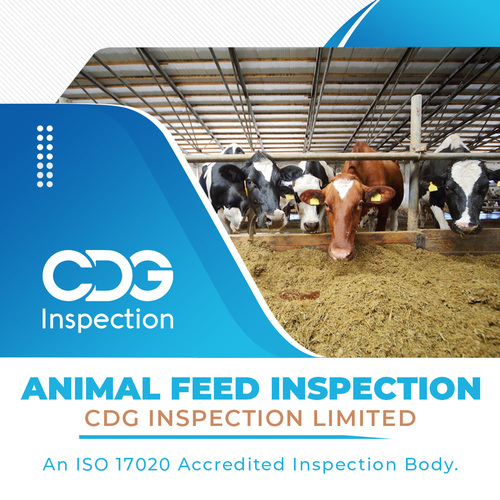
Tell us about your requirement

Price:
Quantity
Select Unit
- 50
- 100
- 200
- 250
- 500
- 1000+
Additional detail
Mobile number
Email

 Send Inquiry
Send Inquiry
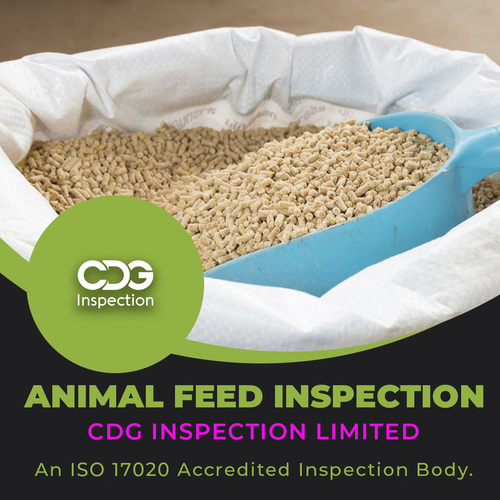
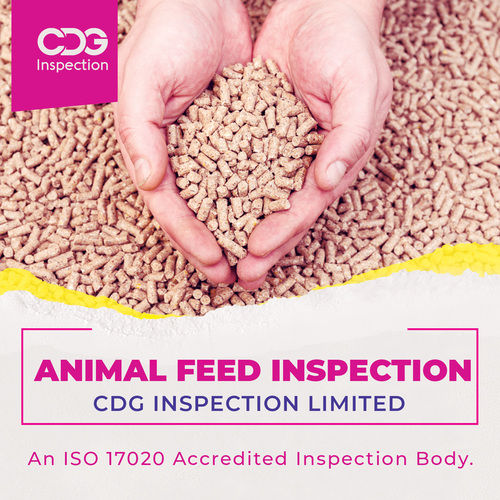
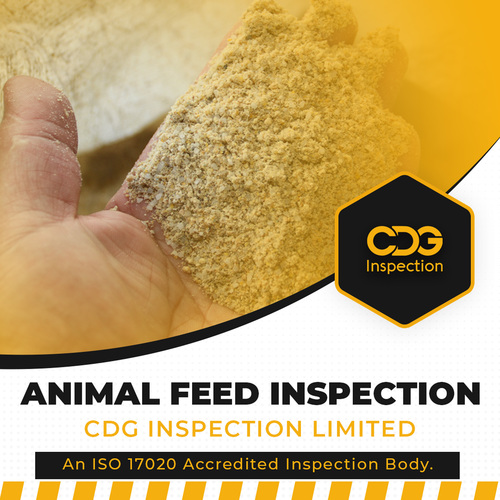
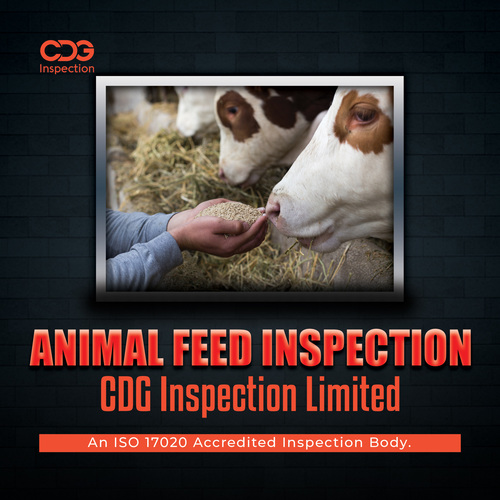


 Send Inquiry
Send Inquiry Send SMS
Send SMS Call Me Free
Call Me Free